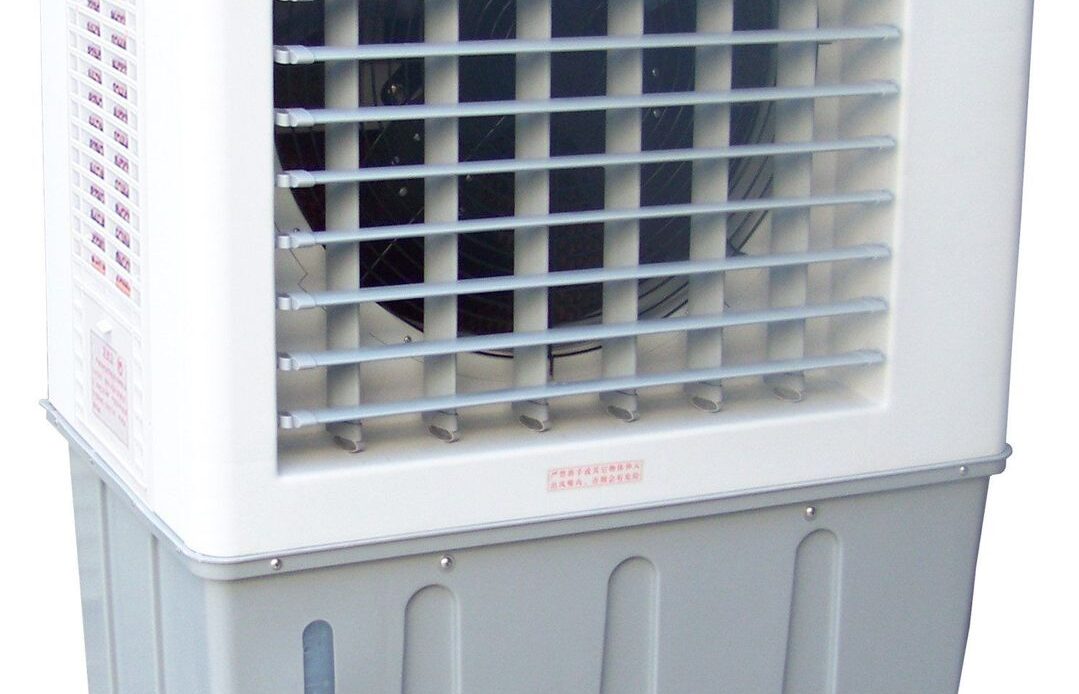
Industrial fans and blowers systems are mechanical machines whose main function is to deliver and manage a steady flow of high-pressure air or fuel to many different parts of an industrial building or other such structures. This is done by rotating a series of spinning blades, connected to an impeller shaft and hub, and then driven either by a forced motor or turbine. They can be used to distribute cooling air in a building in order to keep the temperature constant inside. They can also be used to distribute heat in order to reduce temperature variations inside a building.
The industrial fans used in cooling large commercial buildings are often called HVAC (heating, ventilation, air conditioning) systems. These include several different types of equipment and ductwork, as well as air conditioners, blowers, and heat exchangers. Some fans work on a vertical axis, while others may rotate horizontally. All these equipment and ductwork must be carefully maintained in order to ensure efficient operation and proper safety.
A variety of industrial fans are available for a variety of purposes. Some specialize in cooling small areas and low-hanging areas; others may be needed for high temperature applications and air circulation. Dust collection fans are used in high temperature applications and to collect dust during the manufacturing process. High pressure fans, on the other hand, are used to blow air in high-pressure applications. Most fans work in the direction that pulls the dust upward into a chute or above the fan blade. These devices need to be frequently maintained in order to prevent build up of dust and moisture.
One of the most common uses for industrial fans is industrial air conditioning, or HVAC. These systems cool or warm air inside large structures by transferring the heated or cooled air through ducts. Large industrial fans can move air up to 100 psig, which is one-third the force that would be moved by an air conditioning unit at the same temperature. Industrial duct fans are often incorporated into HVAC units to reduce the number of external pumps and heat exchangers necessary.
There are several types of industrial fans to choose from. Two of the most popular are commercial ceiling fans and outdoor industrial fans. The commercial ceiling fans are often installed into larger buildings and hot tubs. The outdoor industrial fans can be used to keep outdoor temperatures from creeping into the indoor spaces. Some of these fans are movable, but they also remain rooted in one location. They are often designed with an industrial model that has variable speed settings to provide the best cooling effect.

Ceiling fans made for commercial use are often quite effective in cooling large areas. They provide better airflow than most domestic ceiling fans. These industrial ceiling fans can work to cool the temperature in a space by reducing air movement through the blades. This type of fan can be mounted on top of a business center or at the end of an office cubicle. Many commercial ceiling fans come with an automatic shut-off system that makes it easier to control the flow of air.
Outdoor industrial ceiling fans can also be used to reduce air flow to spaces that need to be cooled. These fans can be used outside to lower temperatures during the summer months and increase airflow during the cooler winter months. These fans have adjustable vents that let warm air from the sun get into the building while keeping cold air away. These fans also make large spaces feel much cooler because of the wind that is generated by the blades. These fans also help to disperse heat from hot surfaces so that surfaces are more comfortable.
Commercial and residential ventilation systems can benefit from the efficient operation of industrial fans. These fans can provide an effective way to regulate both residential and commercial spaces. They are available in two types of units, as single-stage or variable-speed units. Industrial fans can be used for everything from cooling a small industrial space to cooling large, complex structures such as office buildings.
